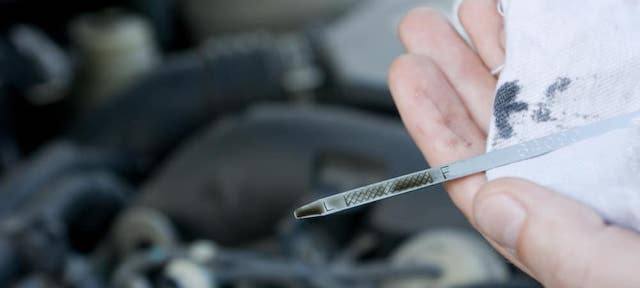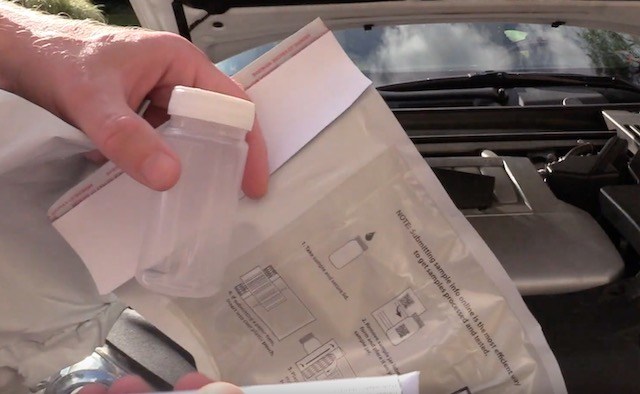How To Determine If You Can Extend Your Engine Oil Drain Interval
Sometimes you’ll change your oil at regular intervals, only to see that the oil still looks like it’s in good shape. If you’re in this situation, you may be wondering if you can extend your engine oil drain interval. The good news is that in some situations, you can. We’ll walk through how to figure out how long your oil change intervals can be.
What Determines The Longevity Of The Oil In Your Engine?

The rule of thumb used to be to change your oil every 3,000 miles. But the truth is that in some cases, your oil can last more than twice as long. “Can” is the operative word here. Your oil’s longevity depends on several factors:
- The engine itself: Some engines generate high amounts of heat in localized areas. For example, turbochargers generate a lot of heat, which degrades the oil as it passes over the turbo bearings.
- The state of the engine: The healthier your engine, the longer the oil will last. If you have an higher mileage engine, it may generate more metal contaminants that a lower mileage engine.
- Your driving/riding patterns: Poor driving habits can ruin the motor oil. For example, revving the engine before it’s warmed up will force some internal components to grind against each other. Metal shavings will contaminate the oil.
- The quality of oil you use: Synthetic oils really do last longer. They also work better in turbocharged vehicles, which are becoming more and more common.
- The quality of oil filter you use: To have long oil change intervals, you must use a high quality oil filter that won’t clog before the end of the interval. The filter also needs to a great job of removing contaminants from the oil.
If you find that the oil in your engine is still good at 3K miles, you can extend the oil change interval. This is beneficial in a couple of ways:
- You’ll save some money in the long run
- You’ll reduce oil waste
So How Do You Determine How Long Your Oil Will Last?

Image Credit: repairvehicle
Order an oil testing kit from a oil testing company. Then collect a sample when you change the oil. Mail it back to the testing lab, and they will evaluate the state of your motor oil. They’ll use the results to give you a recommended oil change interval.
What Do The Test Results Look Like?

If you use a good lab, your test results will be thorough and informative. To be more specific, they’ll tell you the following things:
1. Whether The Oil Is Contaminated
The lab will look for contamination from:
- Antifreeze
- Water
- Fuel
- Combustion byproducts
2. The Amount Of Metal Particles In The Oil
The lab will look for metal particles, including:
- Aluminum
- Iron
- Copper
If they find metal particles, they’ll let you know which metal(s) they are and how much there is in the oil. This information can tell you a lot about which components within the engine may need attention.
Make Sure You Get A Total Base Number Test
While the other information is great to have, it doesn’t tell you much about the viscosity and the chemical condition of the oil. They’ll get this information by doing a Total Base Number (TBN) test. The results of the TBN test, in addition to the information about contaminants, are needed to recommend an oil change interval. Some labs include this in their basic test. Others offer it as an upgrade. If you want to know how much longer your oil will last, make sure to get this test.
